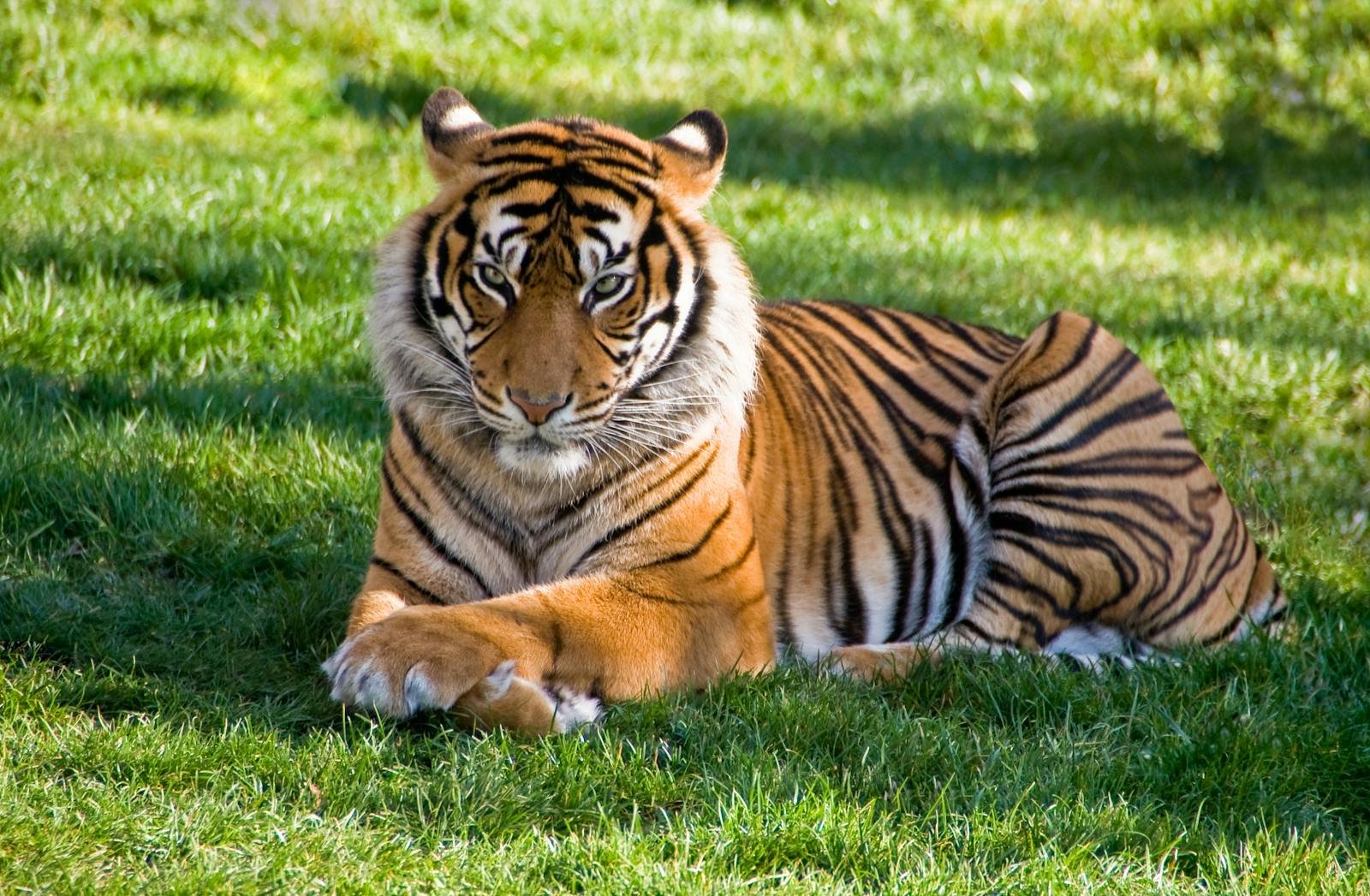
Cloning is a scientific method that involves creating a genetically identical copy of an organism. While it has sparked both excitement and controversy, its potential role in conserving endangered species, particularly big cats, is garnering significant attention. The decline of majestic creatures like tigers, lions, and leopards is alarming, and cloning emerges as a modern solution to a critical conservation challenge.
The State of Big Cat Populations
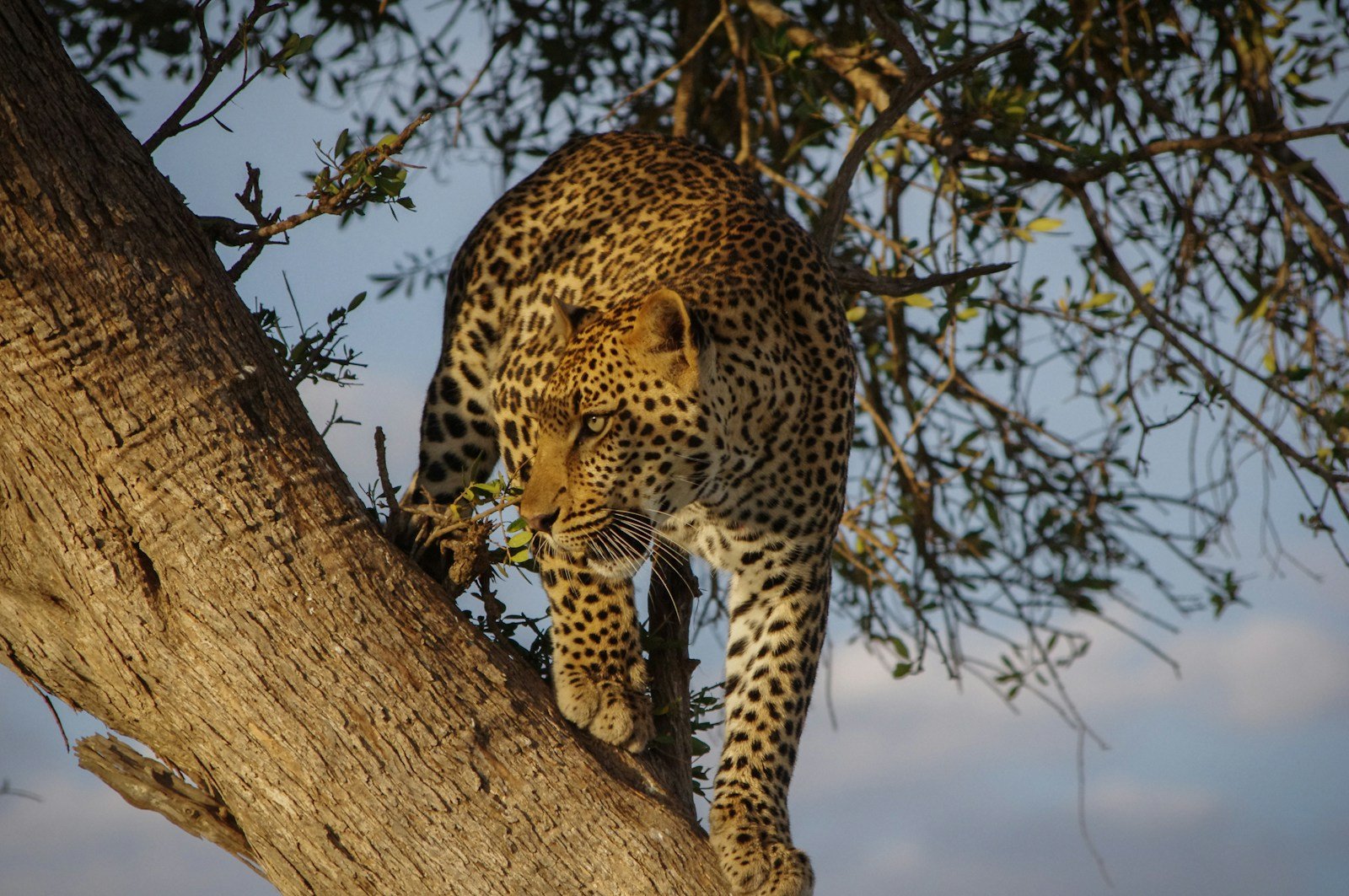
Big cat populations are dwindling due to poaching, habitat loss, and human-wildlife conflict. Only a few thousand of some species, like tigers and snow leopards, remain in the wild. Conservationists are exploring urgent measures to prevent extinction, and cloning might offer a novel approach.
Understanding Cloning Technology

Cloning involves somatic cell nuclear transfer (SCNT), where the nucleus of a donor cell is inserted into an egg cell with its nucleus removed. This egg then develops into an embryo and can be implanted into a surrogate mother. The resulting offspring is a clone of the donor. Although successfully used in various animals, cloning big cats presents unique challenges.
Ethical Dimensions of Cloning

The moral implications of cloning big cats are intricate. Ethical debates focus on the potential suffering of cloned animals, impacts on ecosystems, and the natural versus artificial creation of life. Critics argue that cloning may divert attention from traditional conservation efforts.
Benefits of Cloning for Conservation
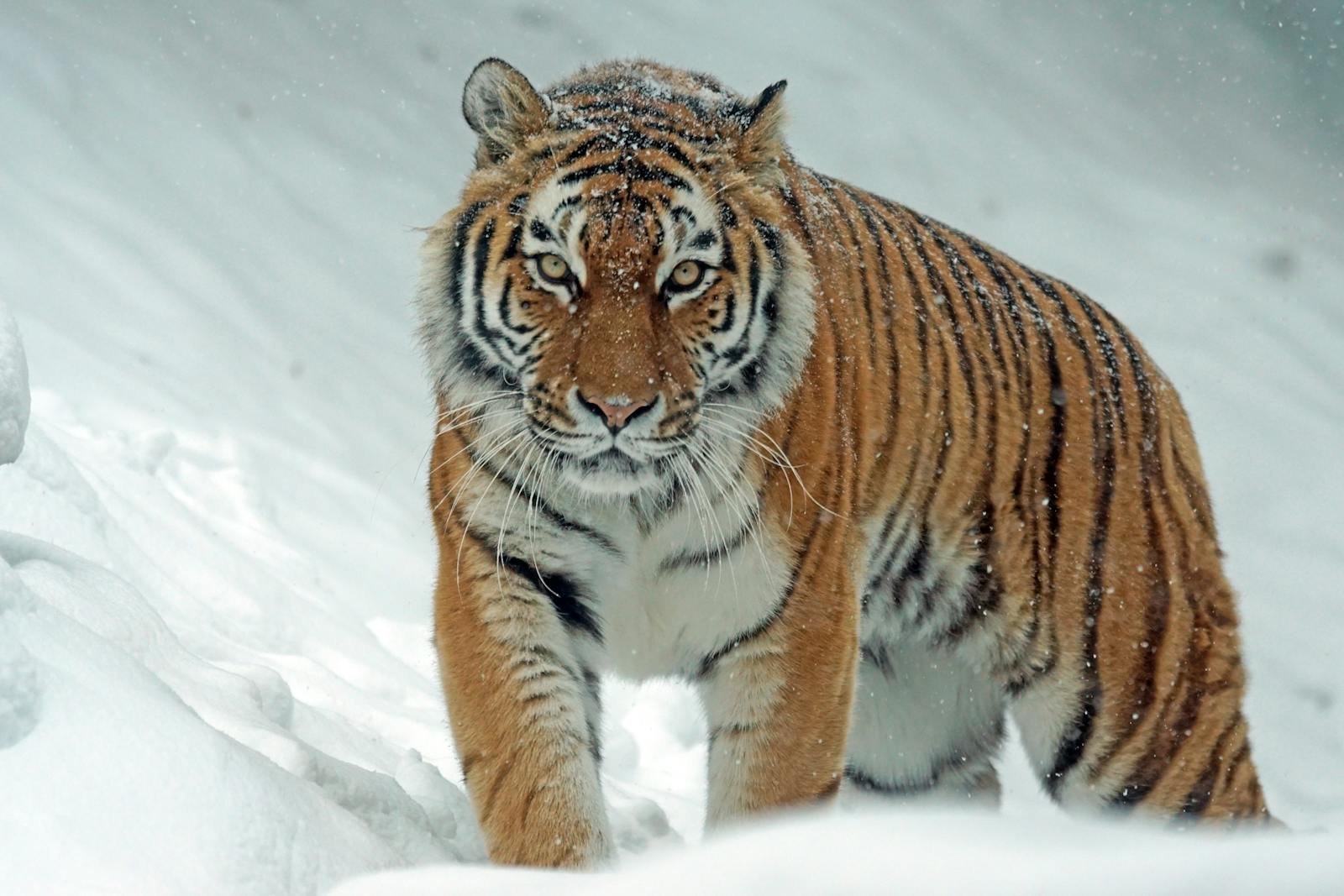
Cloning could bolster dwindling big cat populations and preserve genetic diversity. By using genetic material from deceased or captive animals, scientists can increase breeding stock and potentially reintroduce cloned cats into the wild, contributing to population recovery.
Challenges and Limitations
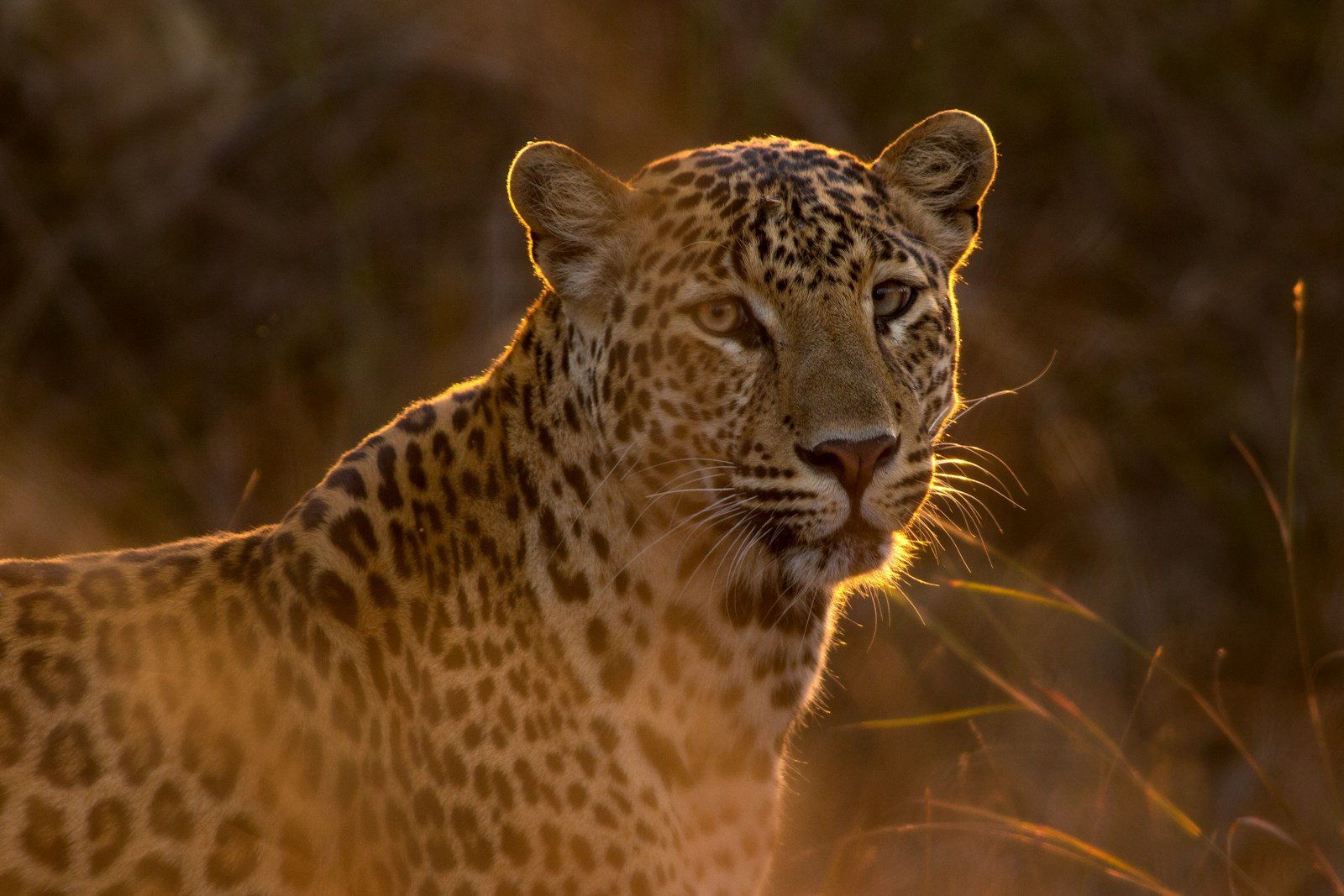
Cloning big cats involves technical and biological hurdles. The process is expensive, has a low success rate, and can result in health problems for the cloned animals. Additionally, finding suitable surrogate mothers within the species remains a significant obstacle.
Alternative Conservation Strategies
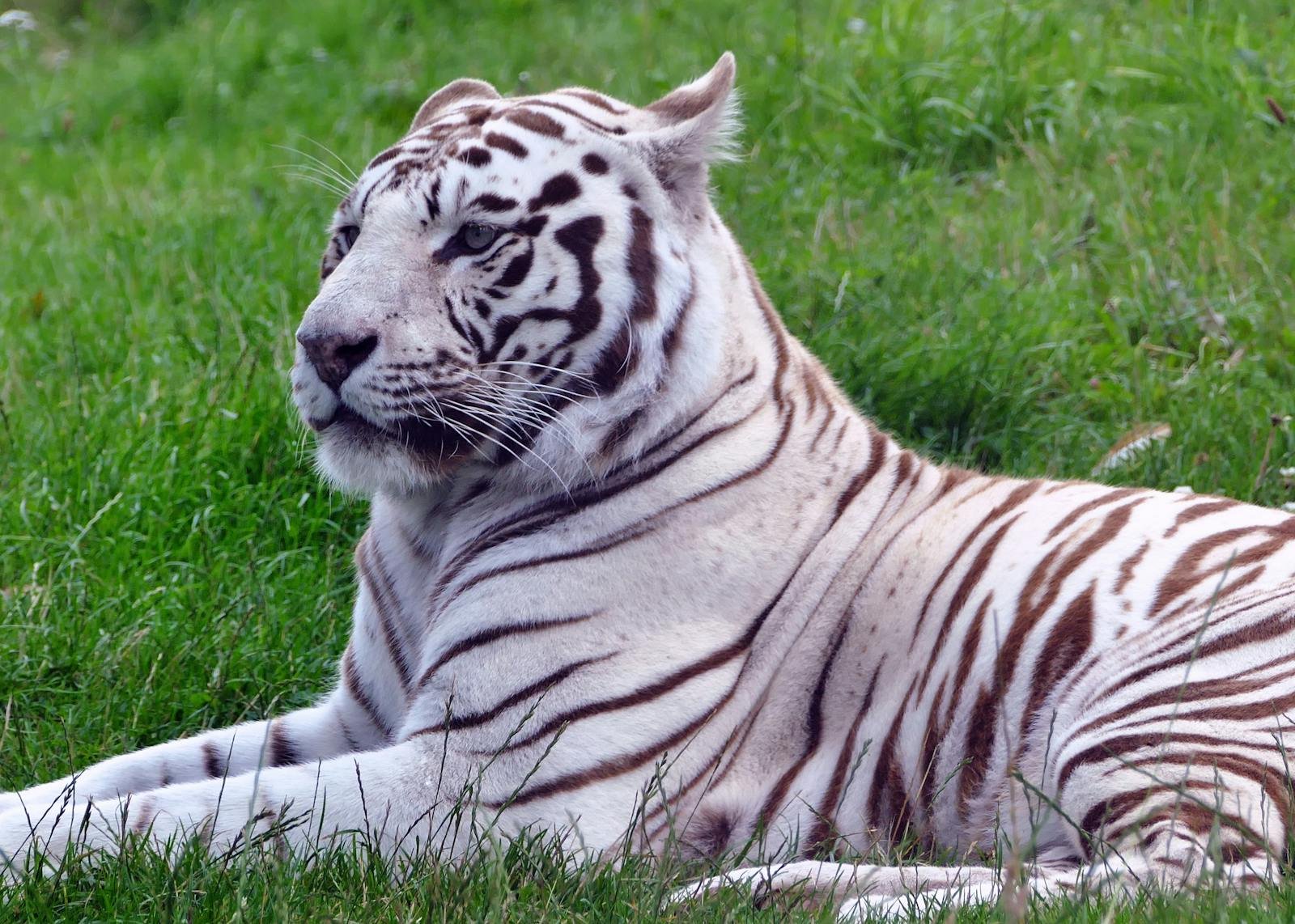
Conservationists advocate for prioritizing habitat protection, anti-poaching efforts, and community engagement. Breeding programs and wildlife corridors are also vital. While cloning offers hope, these traditional strategies are essential to preserve and restore ecosystems sustainably.
Public Perception and the Role of Education

Public opinion on cloning is mixed, oscillating between fascination and ethical concern. Educating the public about the potential benefits and risks of cloning big cats is crucial for informed decision-making and garnering support for conservation initiatives.
Balancing Risks and Rewards
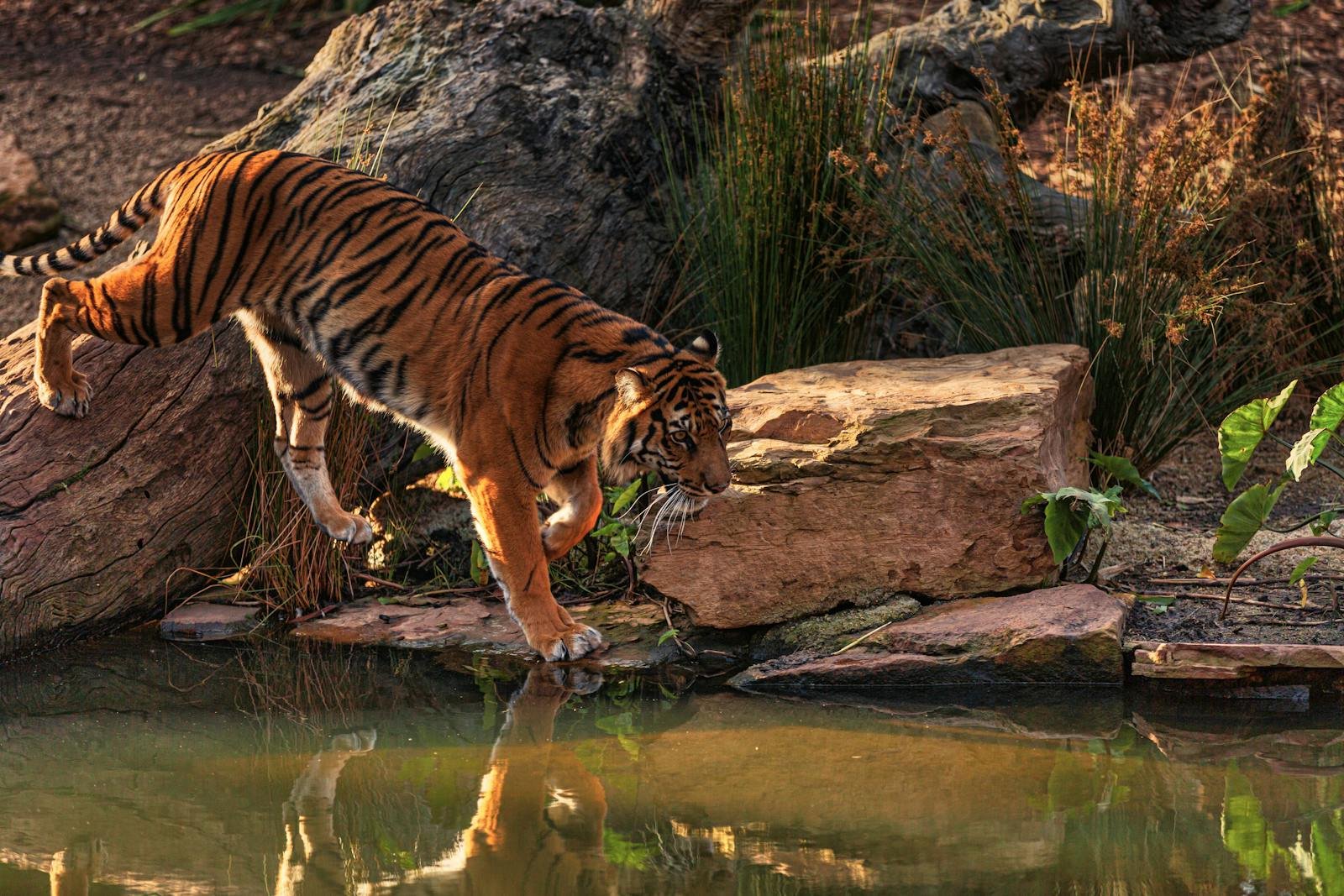
The decision to clone big cats requires weighing the risks of potential suffering, genetic bottlenecks, and ecological imbalances against the rewards of reversing population declines. It involves ethical, ecological, and biological considerations that must be carefully calibrated.
The Future of Cloning in Conservation
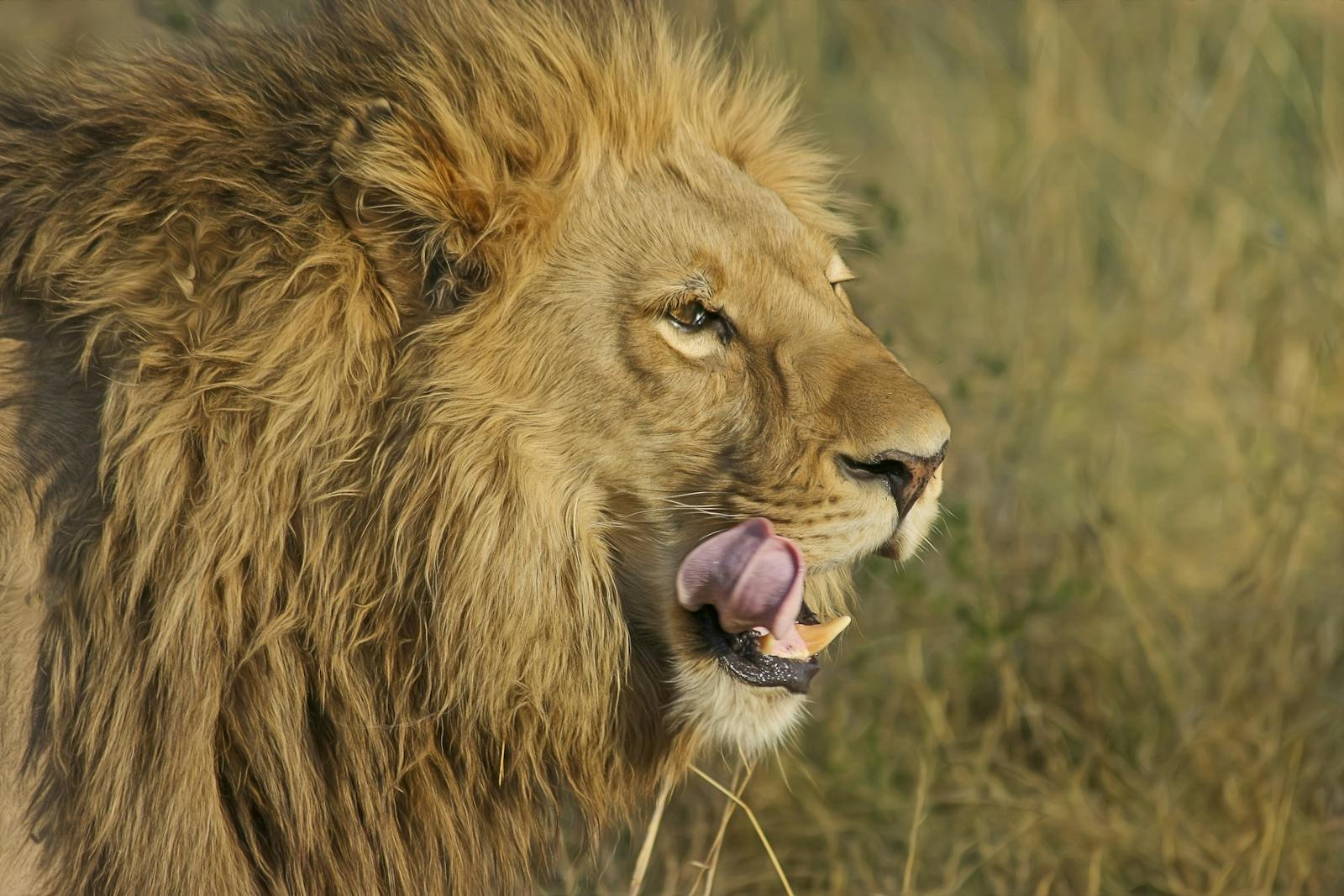
As cloning technology advances, its role in conservation will likely evolve. It could become a valuable tool within a suite of strategies focused on saving endangered species. Continuous research, ethical discussions, and public engagement are vital to ensure cloning is integrated responsibly.
Conclusion: Cloning as a Conservation Strategy

Cloning big cats to save them from extinction offers a complex yet promising avenue. Balancing ethical questions, technical challenges, and practical benefits is crucial. Ultimately, a holistic approach combining cloning with traditional conservation methods is essential to ensure a future where big cats thrive.
Hi, I’m Bola, a passionate writer and creative strategist with a knack for crafting compelling content that educates, inspires, and connects. Over the years, I’ve honed my skills across various writing fields, including content creation, copywriting, online course development, and video scriptwriting.
When I’m not at my desk, you’ll find me exploring new ideas, reading books, or brainstorming creative ways to solve challenges. I believe that words have the power to transform, and I’m here to help you leverage that power for success.
Thanks for stopping by, Keep coming to this website to checkout new articles form me. You’d always love it!






